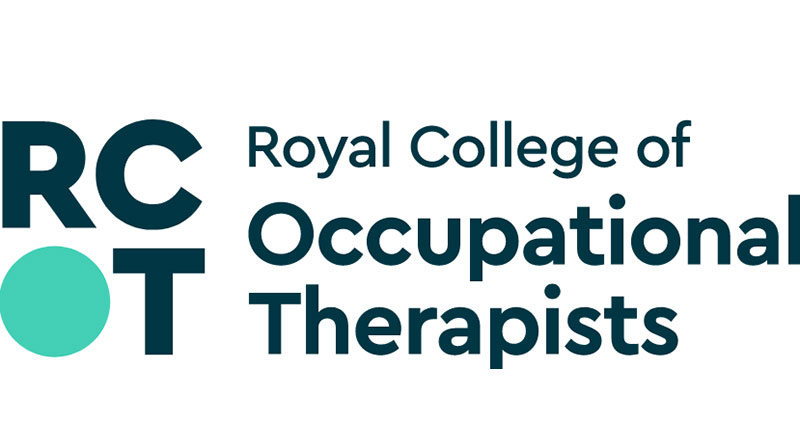Having More Occupational Therapists In The Community Will Improve Health And Care Services Study Reveals
More occupational therapists placed in community settings, rather than hospitals, will prevent people from developing health crises, help them get support for existing health needs sooner, and reduce pressure on A&E and GP services. Community settings include GP practices, schools, social services, housing associations, care homes and places of work. That’s according to the new Workforce Strategy for occupational therapists, launched today by the Royal College of Occupational Therapists (RCOT).
The NHS is in crisis, with waiting times at their worst ever. NHS data released last week show a rise in the number of people waiting 18 months or more for treatment, and continued high numbers of people waiting for 12 hours or more in A&E. And by 2035 the UK population is projected to be over 70 million. Mental illness will continue to be one of the largest single causes of disability, and two-thirds of adults aged over 65 are projected to be living with multiple health conditions. People will also need to stay in work for longer and may need more support to do that.
Occupational therapists support people to prioritise their health and wellbeing to live healthier for longer, with a dual focus on both mental and physical health. Streamlining services within hospitals and widening access to occupational therapy where people live, work and go to school will help prevent people reaching crisis point and ultimately reduce pressure on health services.
Karin Orman, Director of Practice and Innovation at the Royal College of Occupational Therapists, says:
‘Occupational therapy is the solution to many of the UK’s health and care needs. By positioning occupational therapists in the community – where they’re most needed – people will have the support they need to live in their own homes for longer and continue with the occupations that they want and have to do. It will mean that occupational therapy services are available to everyone who needs them. Our plans echo the governments’ own NHS workforce plans across the UK, and a recent King’s Fund report: Making care closer to home a reality.
‘Health and care services need to focus on prevention and early intervention to help people living with multiple health conditions or complex needs manage their symptoms and reduce the need for hospital and specialist services. One of the best ways to do this is by investing in occupational therapists.
‘Occupational therapists help prevent people going into hospital, and if they are admitted can help get them home faster. We support people to prioritise their health and wellbeing to live healthier lives for longer. That’s why we want to see more occupational therapists working in communities and more occupational therapists leading, reviewing and co-designing community services so they’re as safe as they can be, and the people using them get the support they need.’
The new RCOT Workforce Strategy focuses on seven core areas:
• children, young people and families, including schools
• community rehabilitation after a stay in hospital
• primary care, including GP surgeries
• artificial intelligence and technology-enabled care
• housing
• acute and emergency care
• work
The aim of the strategy is that, by 2035, occupational therapy will help people:
• have the choice and opportunity to engage in a diverse range of activities and roles
• have access to the health and care services they need within their community
• rely less on A&E and be able to stay in their own homes for longer, with the right support
• pursue the occupations they value, manage their health and care needs and contribute to society in the way that they want to.
For more information visit rcot.co.uk/workforce-strategy






